For a trainer, what would be the goal of every training session? Better understanding of concepts and skills and the learners’ ability to replicate acquired knowledge in real-life scenarios? Quite right!
And this can be achieved only if we ensure that the learner is able to retain the knowledge. In other words, we can say that a training session that allows better knowledge retention opportunities will be able to achieve its goal of effective learning.
The learning capacity of every learner varies. Agreed, one solution may not work for everyone, but at the same time it is important to deliver learning sessions in formats that provide learning experiences which enable better understanding and, in turn, better knowledge retention. When it comes to digital training solutions, virtual reality training proves to be a highly effective method for creating a lasting impression.
How does virtual reality training help with knowledge retention?
Training in virtual reality places the learner in a virtually simulated environment that could be a replica of the real-world or a fictional scenario. In doing so, a training environment is created that triggers multiple aspects of effective learning.
Experiential – From a learner’s perspective, what yields better learning outcomes, reading and observing how to operate a forklift or practicing how to do it? Surely the latter. When it comes to skills like operating a forklift or learning to drive an automobile it is experience, the feeling of having ‘been there and done that’, that creates first-hand experience and learners know how to act and react in similar real-life conditions. This equally holds true in almost all other aspects of learning and training where experience helps learn and remember way better than just observing and reading.

In a virtual environment, a learner gets first-hand experience on how to operate a forklift.
Practical – Learning by doing always helps drive home the point and promote knowledge retention to a far greater degree than merely observing, listening or reading. And this can apply to just about any subject, any field of expertise and at any level of training. Be it school subjects, soft skills training in a corporate set up, healthcare skills, defense training, machine operation, the list is endless. What’s more, there are no time or geographical boundaries here. Through virtual reality learners can roam in pre-historic times as well as places on the other side of the world and gain practical experience, all while sitting in one place.
Participation-based – Immersive learning method like virtual reality allows learners to participate in a range of activities for an enriching learning experience. Take for example tasks like practicing healthcare procedures, handling customers in a retail store, supporting clients in a banking set-up, providing training to new recruits in tools’ handling, an onboarding procedure etc . Be it in the form of trainers or co-participants, the presence of virtual humans brings about realism in the learning session, enhances experiences and promotes better understanding of concepts.

Being a part of a healthcare procedure provides better understanding of the procedure.
Distraction-free – The fact cannot be denied that in the present times there is no lack of distracting elements and this often leads to divided attention. For proper and clear understanding of a subject it is important to have a distraction-free environment which definitely helps in knowledge retention but also improves the efficiency of the session. When training in a virtual environment, the headset cuts off the learner from the surrounding distractions and immerses them in the subject of interest, creating a hundred percent devoted session.
Realistic and relatable – To perform in the real-world, training must be such that the learner can relate it to real-life scenarios. It is only then that acquired knowledge can be applied at the appropriate instance. How does a fire-fighter learn to act and react on the job? Learning and practicing in a realistic virtual set up presents the trainee with possible hazards and offers opportunities to react to each and witness the result. Mistakes can serve as learnings and promote improved performance.

Practicing fire-safety drills in VR provide a realistic setup, with zero-risks attached.
Surveys and results are repeatedly being carried out to gauge the effectiveness of VR training and the outcomes are very promising. According to a recent PWC report, VR learners are more focused and more confident in applying their learnings in real-life scenarios, compared to classroom training and traditional eLearning. And this cannot be achieved without efficient knowledge retention.




